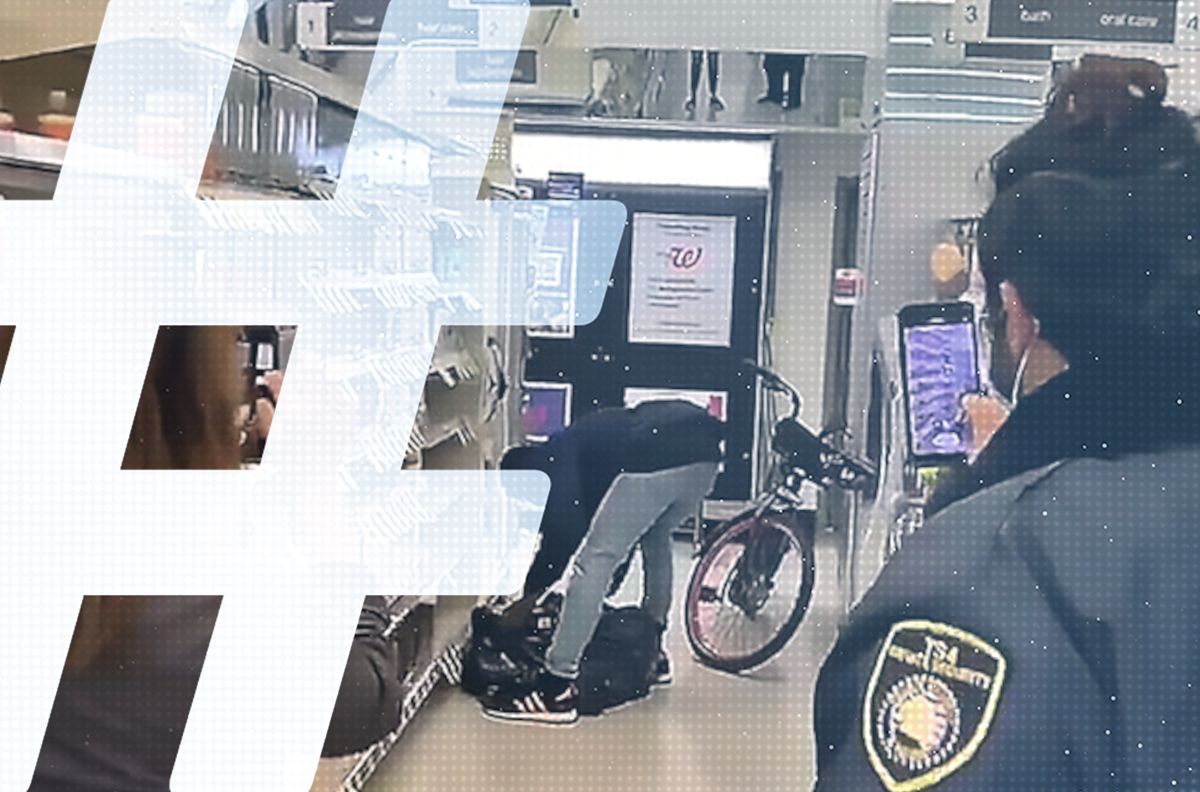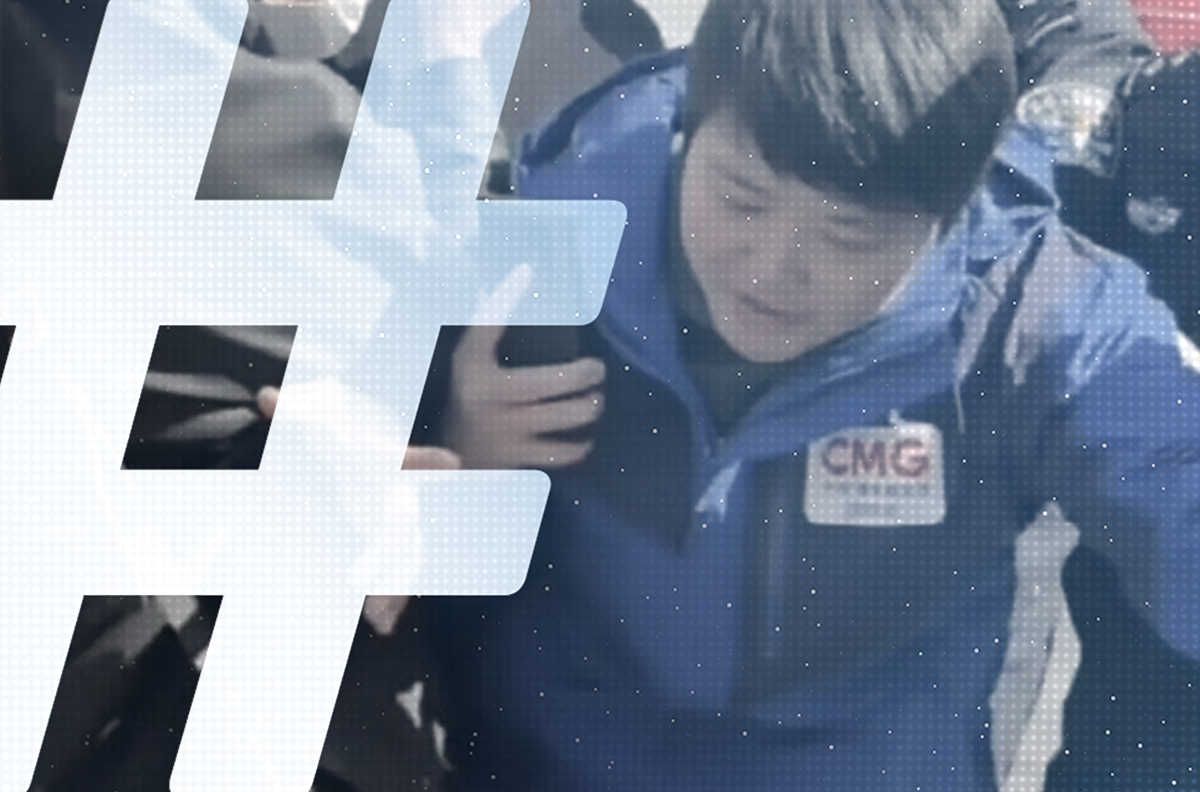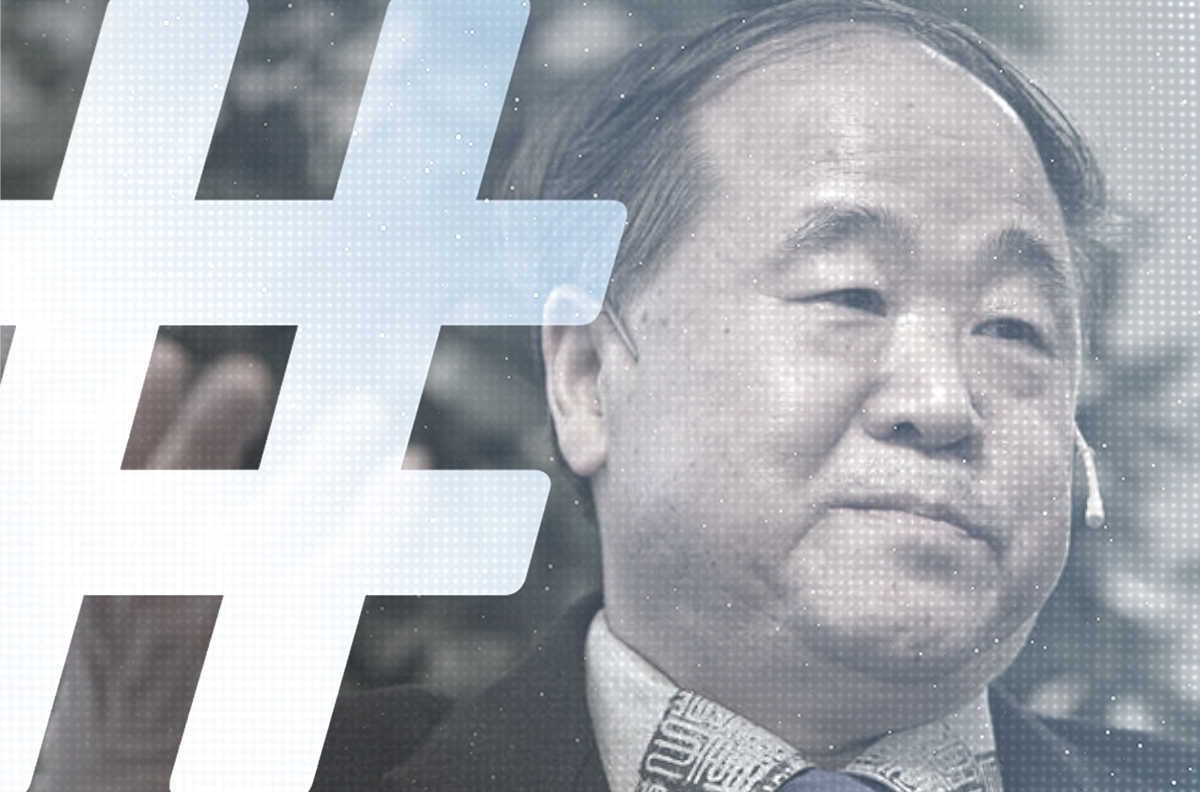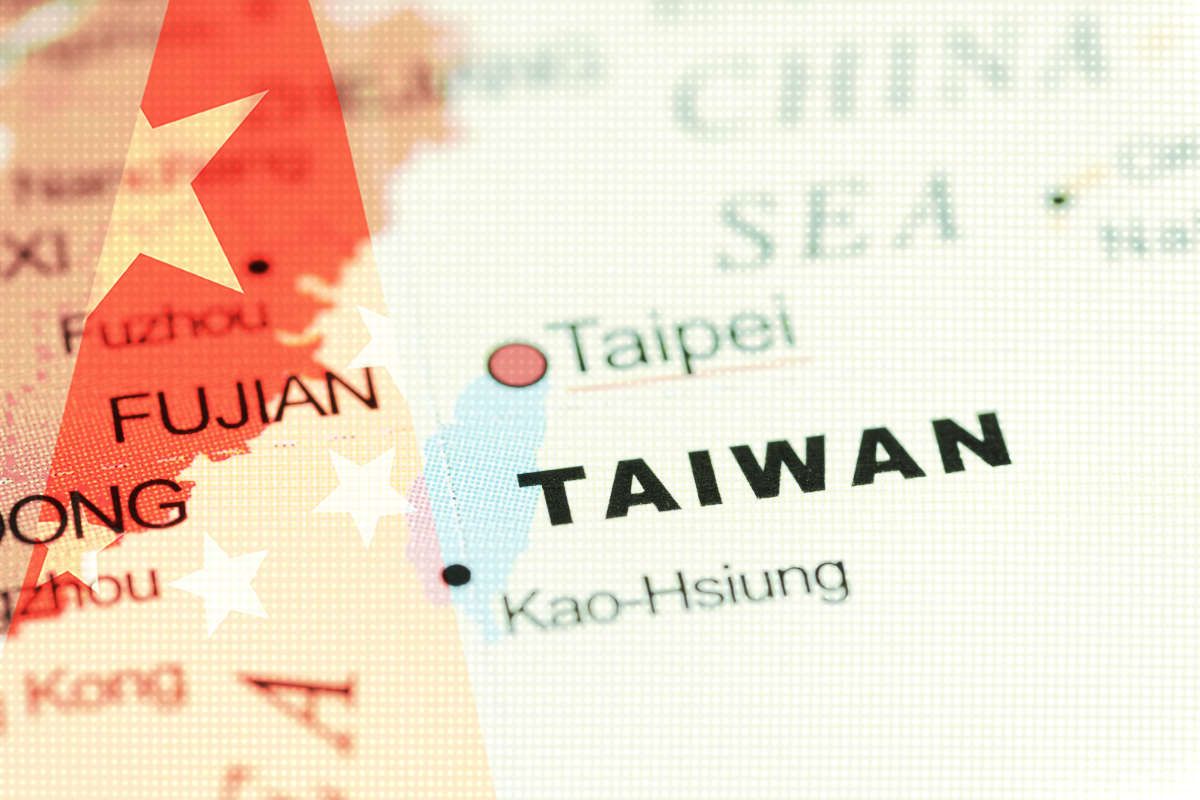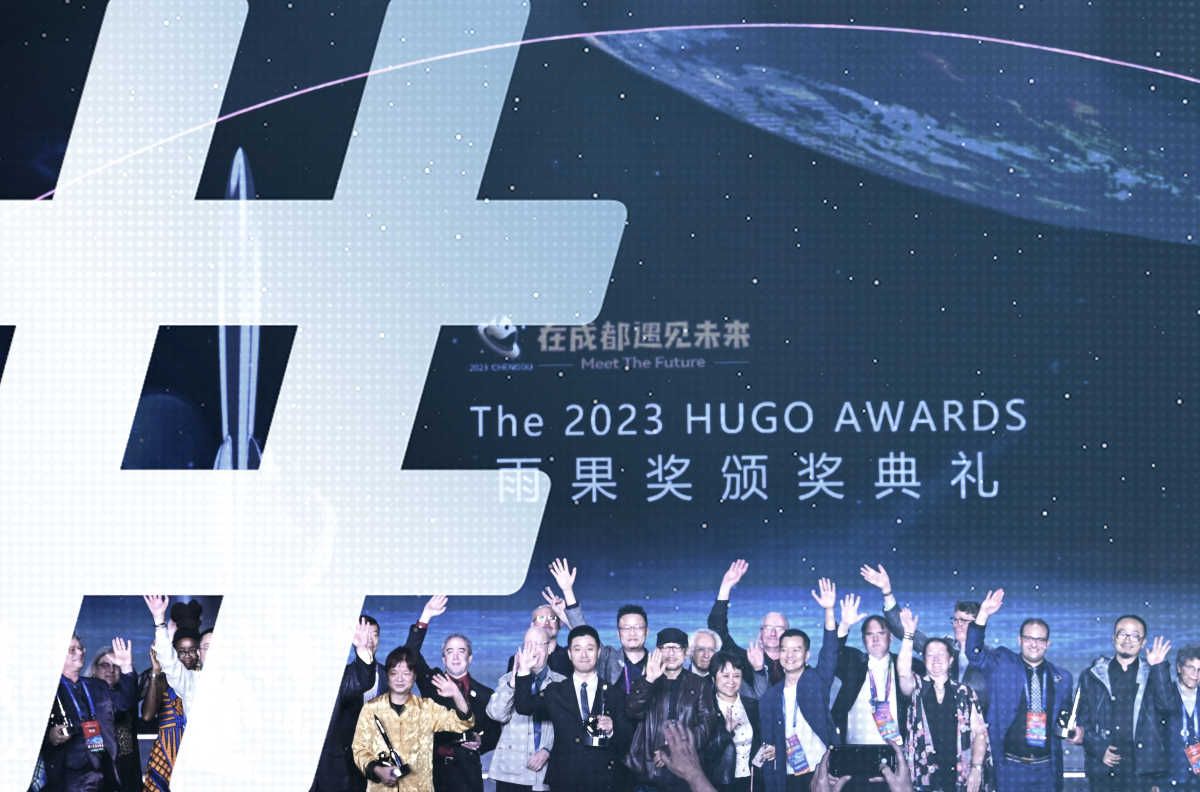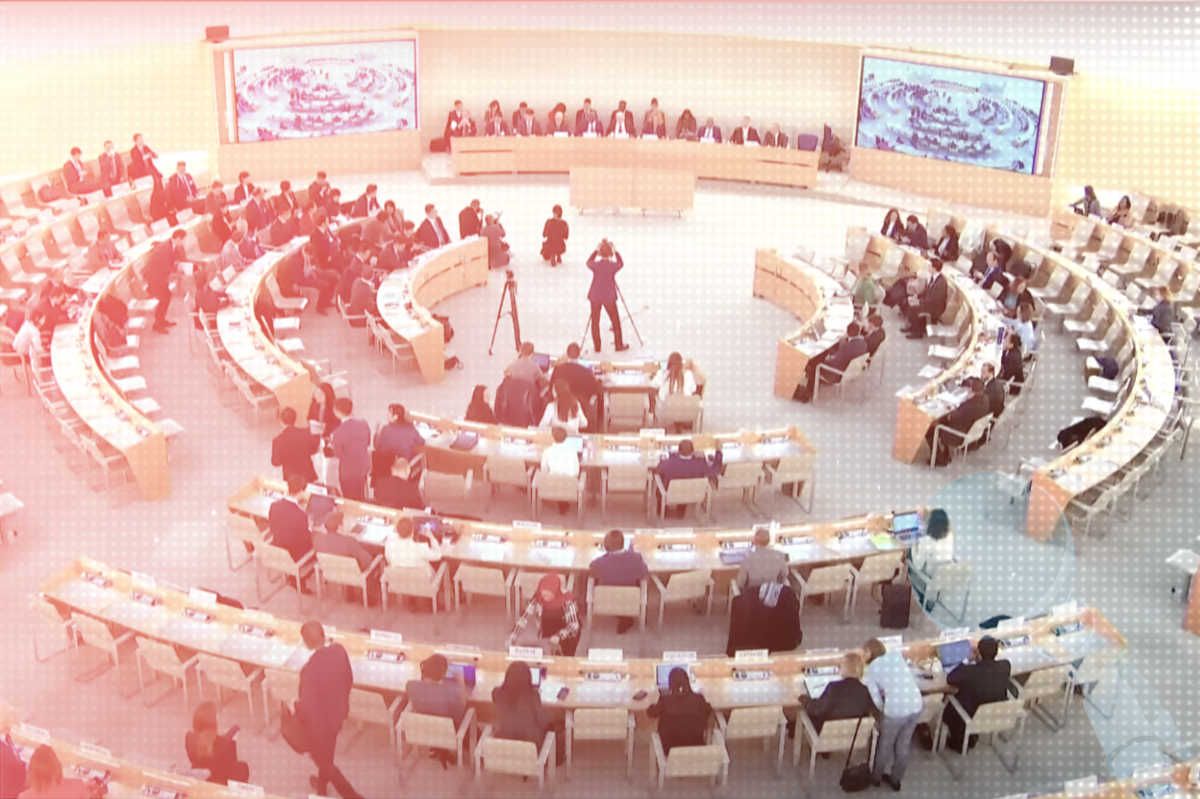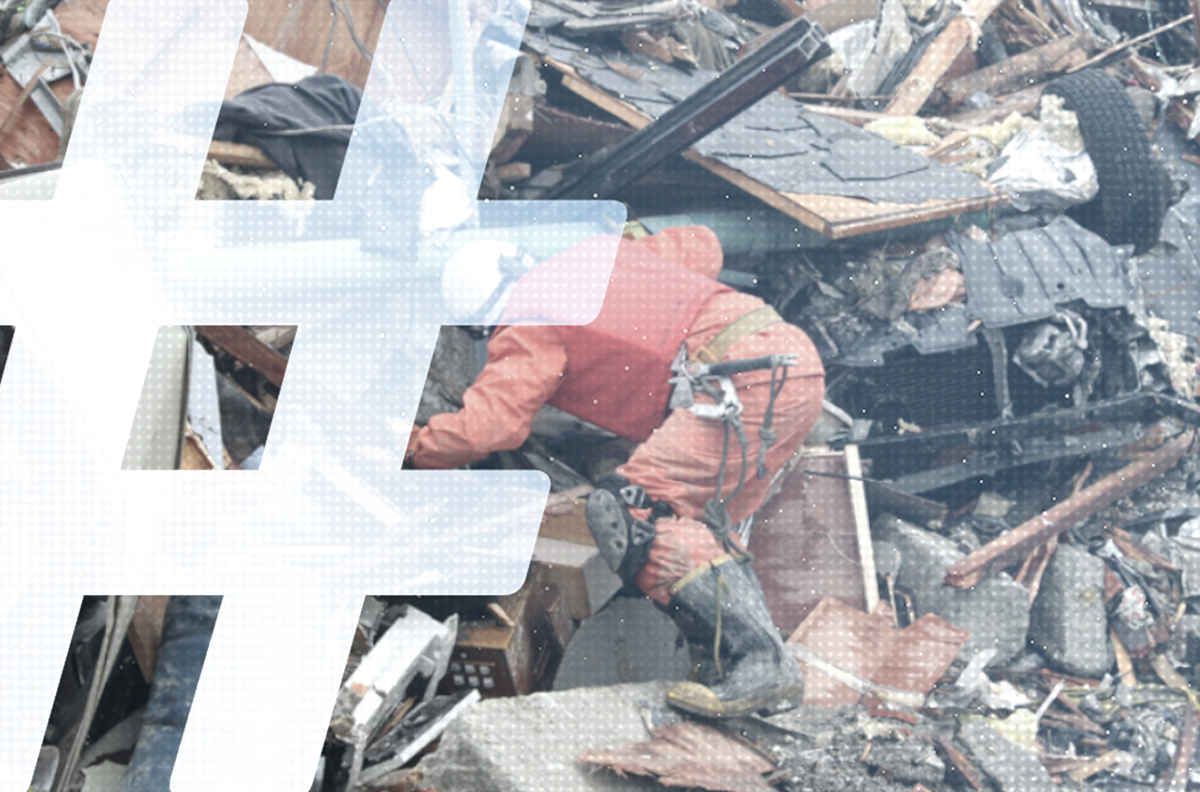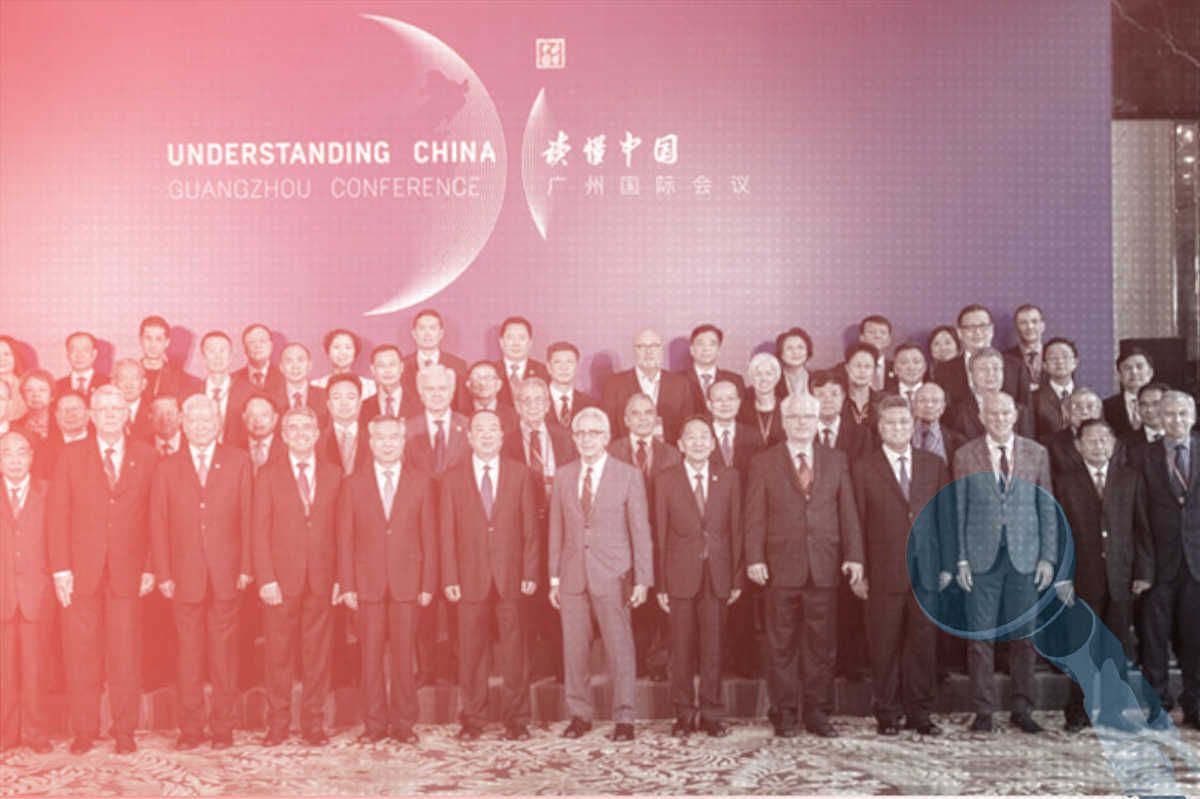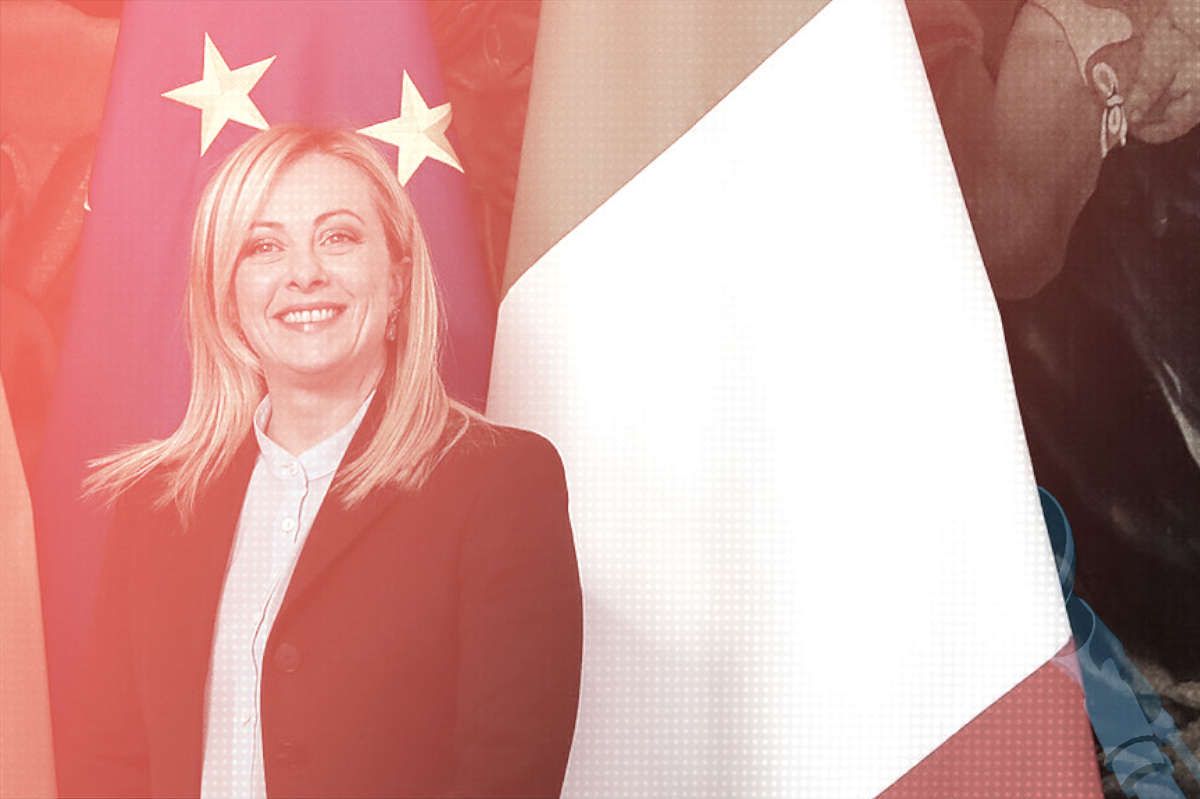Headlines and Hashtags
The Beijing News joins criticism of limits on media reporting of the courts in China
The Beijing News added its dissenting voice to the issue of court transparency in a page-two editorial today. The criticism follows articles by Southern Metropolis Daily and Shanghai Securities News arguing that new rules limiting media access to judicial information in China, announced Wednesday, are a step in the wrong direction:
Let’s first look back on a moment in history. On April 15, 1998, Xiao Yang (肖扬), newly serving as director of the Supreme People’s Court said in an education and reorganization meeting of the national court system: “The open hearing of court cases, aside from allowing free observation by the people, should progressively allow live television and radio broadcasting, and permit news media to report according to the facts with an attitude of responsibility toward the law.” This expression was read as an implementation of the principle of open hearings (公开审判) by the People’s Court, and a symbolic turning point for the strengthening judicial transparency.
People expressed a high degree of support for this position. And when analyzed, the statement explained quite well the relationship between the courts (judicature) and the media: for the courts, “cases [should be] heard openly” (公开审案), according to the law; as for media, they should report according to the facts, and with “responsibility toward the law”.
Eight years passed, and on September 12, 2006, Xiao Yang again expressed his principle of open hearings, and his understanding of the relationship between judicature and the media. He said: “The political responsibilities of judicature and the media are one and the same, and [in their goals of] strengthening, promoting and protecting social equality and justice, they are one and the same. Positive cooperation and well-intentioned communication should lead their relationship.”
. . . But then, the very same day, at a national court conference on press relations (新闻宣传工作会议), some news gave the public cause for misgivings and uneasiness. This news was of “forbidden areas” in the release of internal information, including “other information the leaders of the court determined could not be released” . . . Peoples’ misgivings are: have the principles of court transparency the Court has been proposing and putting into effect been shaken in some way? Has the media’s situation of reporting according to the facts and with “responsibility” now met with limitations? And will the actions of the courts, for this reason, be position outside the purview of supervision by public opinion (舆论监督) [NOTE: this refers to media supervision or Chinese watchdog journalism]? . . .
Now a number of industries have like the court system set up their on press release systems. The appearance of press spokespersons has no doubt remedied some oft-seen insufficiencies of information disclosure of the past, and can move us from “passive revelation” (被动披露) to “active disclosure” (主动公开). However, the relationship between any organ of official power and the media is not just one of making “positive” news public, but assumes media supervision of official power organs according to the law – clearly, the likelihood of press spokespersons taking the initiative in inviting the press to do critical news reports is not very high.
The people have expressed uneasiness at “limitations on court reporting”, and this is about their expectation of judicial impartiality under media supervision. If the eyes of society and the public are present in our stately courts, and judges feel the power of supervision on all sides, only then can judicial impartiality be realized beyond doubt.
[Posted by David Bandurski, September 15, 2006, 12:22pm]


